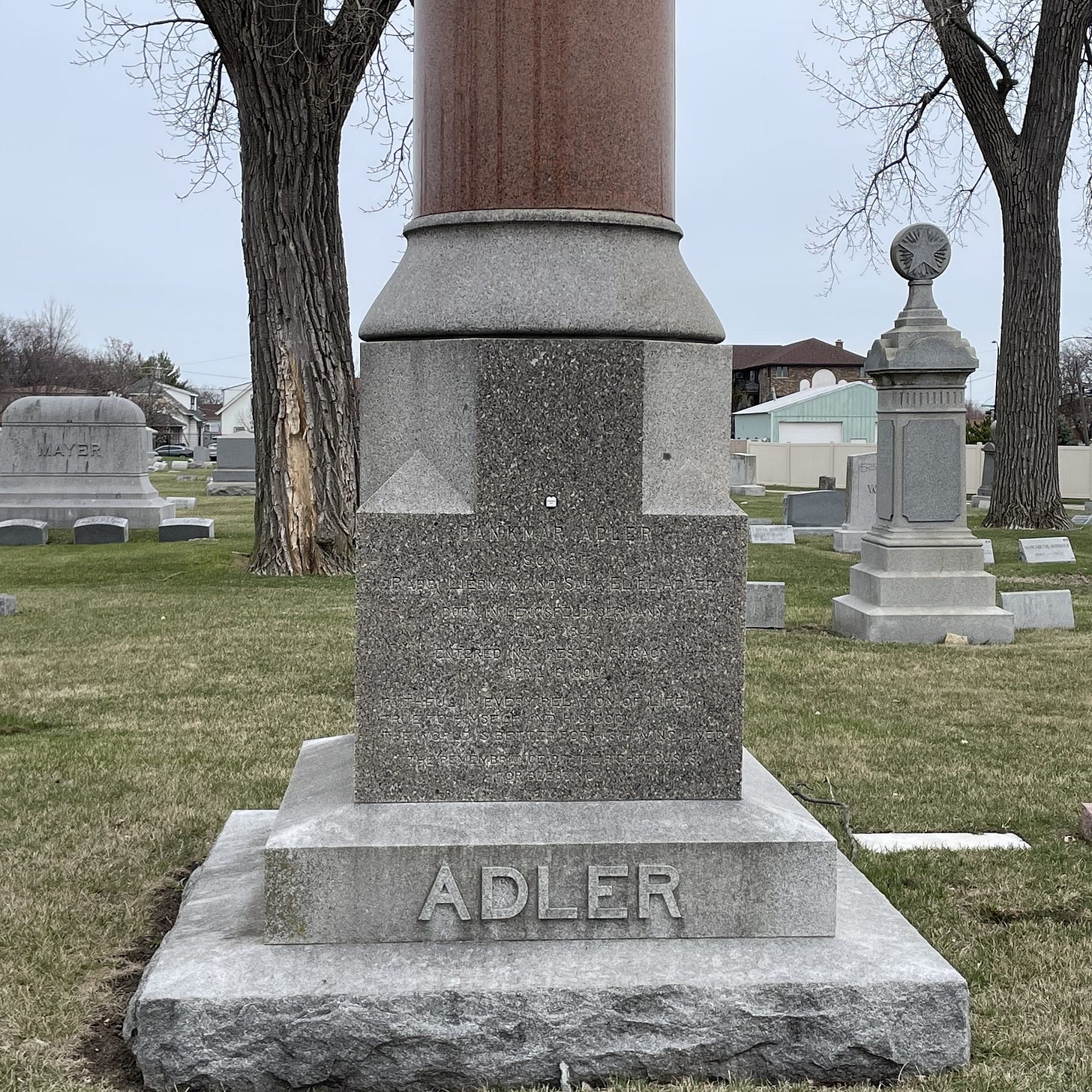Today is the 125th anniversary of the death of nineteenth century Chicago architect Dankmar Adler at 55 years old. Today Dankmar Adler is known as the partner Louis H. Sullivan in the firm of Adler & Sullivan. That firm was no longer in business at Adler’s death due to the Panic of 1893 and the years long depression it caused in the construction industry.


Dankmar Adler, unlike Louis Sullivan, seems not to have directly influenced the next generation of architects, which says more about his humble approach to the profession than to his abilities and staggering accomplishments. He was a master of acoustic design, project management, implementation of emerging technologies, fire safety, and client relations, to name several.
His two sons initially worked under him but chose different career paths. Both died younger than their father and without families of their own. Abraham Kohn Adler died in October 1914; he was 41 years old. Sidney J. Adler died in November 1925; he was 49 years old. Their grandfather, Dr. Liebman Adler, a renowned Chicago rabbi, had died at the age of 80 in 1892.
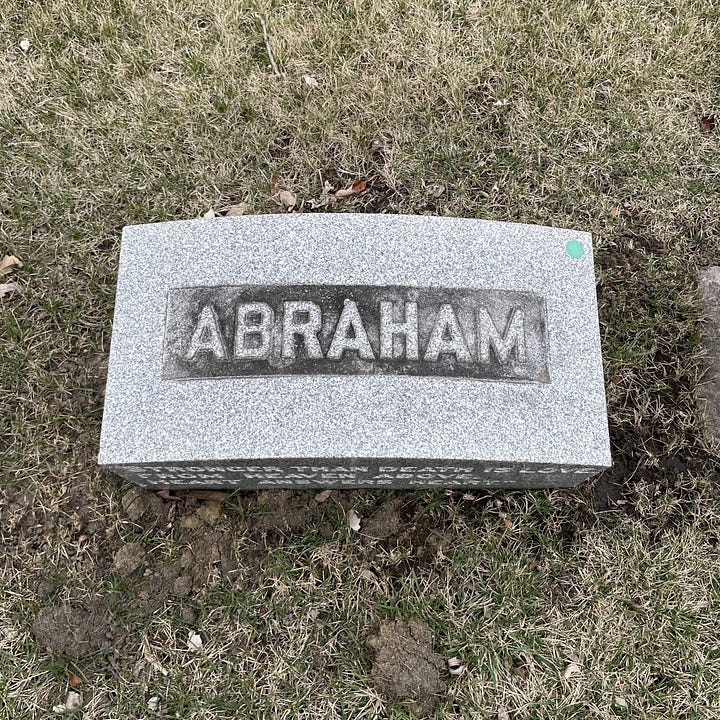



The Adler men, along with Dila, Dankmar’s wife, and Sara Adler Weil, his daughter, are buried at Mount Ma’ariv (Mayriv) Cemetery at the northwest corner of Addison street and Narragansett avenue on Chicago’s northwest side. The congregation of Kehilath Anshe Ma’ariv (K.A.M.) established this cemetery then outside the city limits. It could be reached by railroad line. It is also the place where many of the congregants, other Dankmar Adler relatives, and early Adler & Sullivan clients (some well-known, some not) are buried.
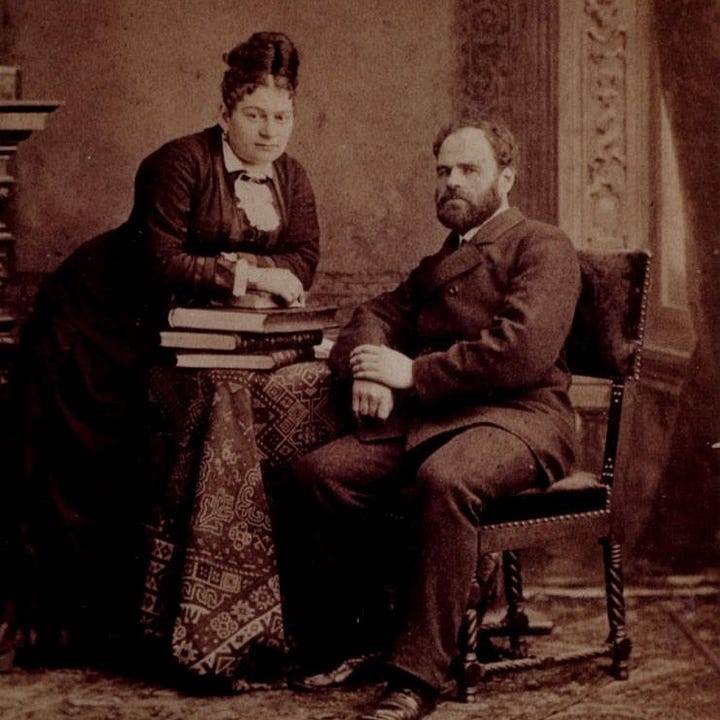
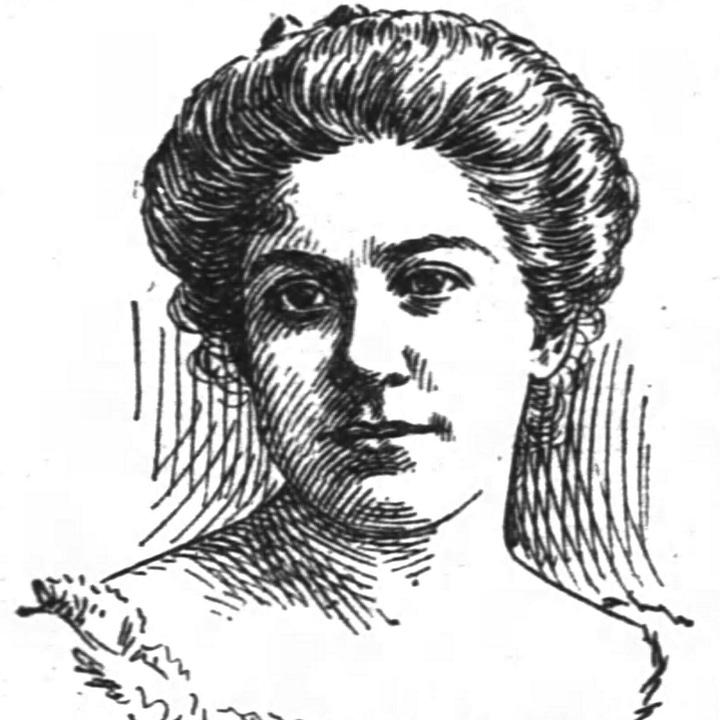
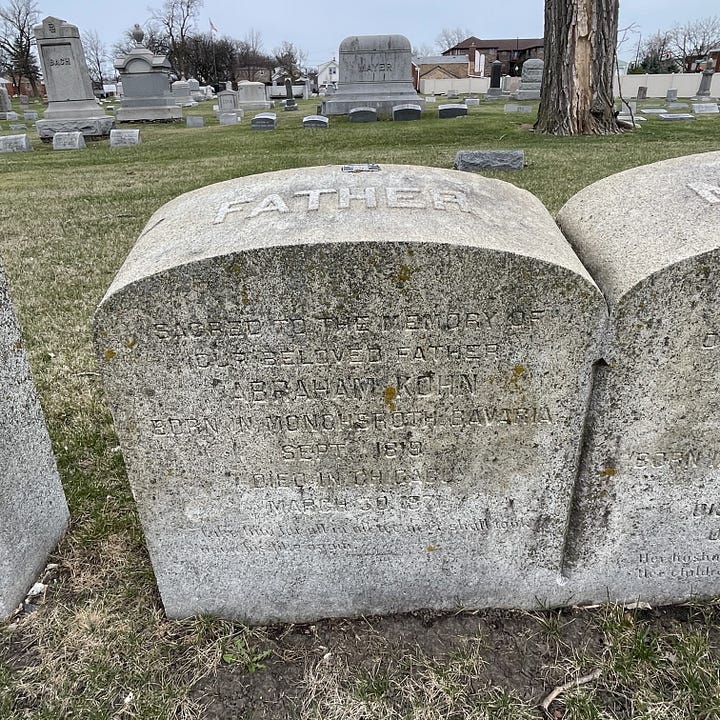

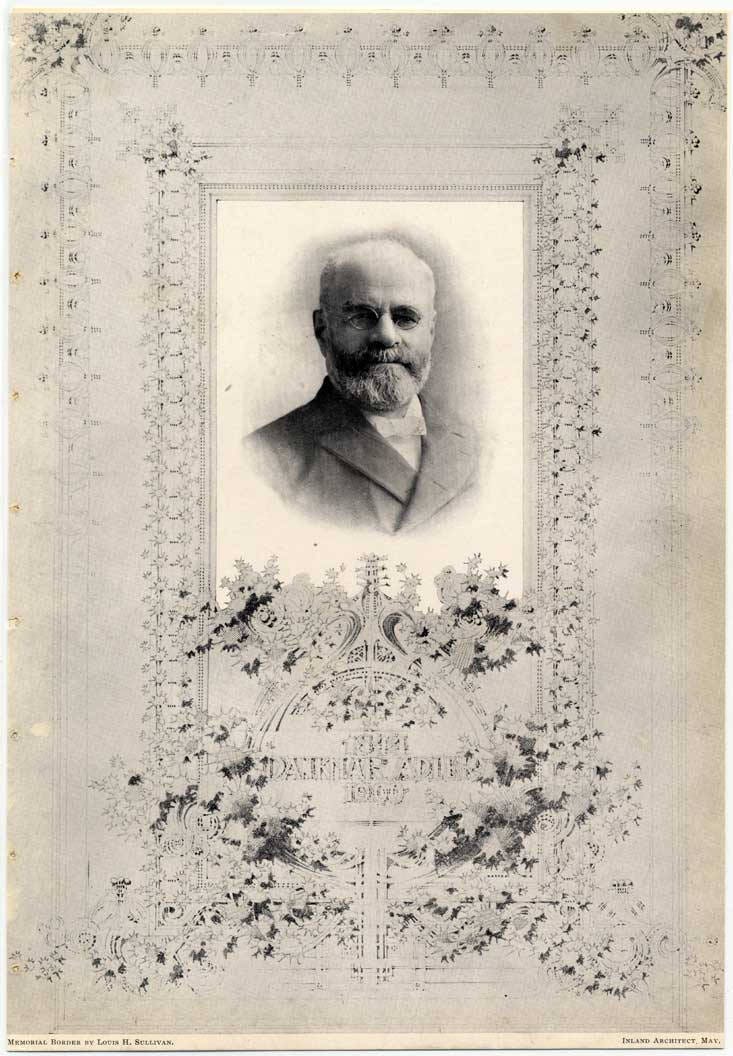
Adler’s grave is marked by a single red granite column (and its ornamental limestone capital) that once was part of a pair marking the entrance to Chicago’s Central Music Hall. Opened in 1880, the Adler project was the first time he hired Sullivan directly to do decorative work (considered to be the beginning of Adler & Sullivan). The building sat at the southeast corner of State and Randolph streets until 1901 when Marshall Field acquired the property and tore it down in order to expand his dry goods business. Field’s architect copied and doubled the 2-storey column motif (using an Ionic capital).
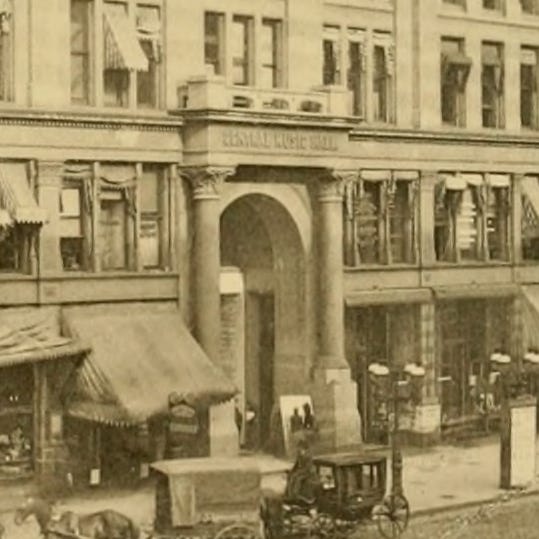
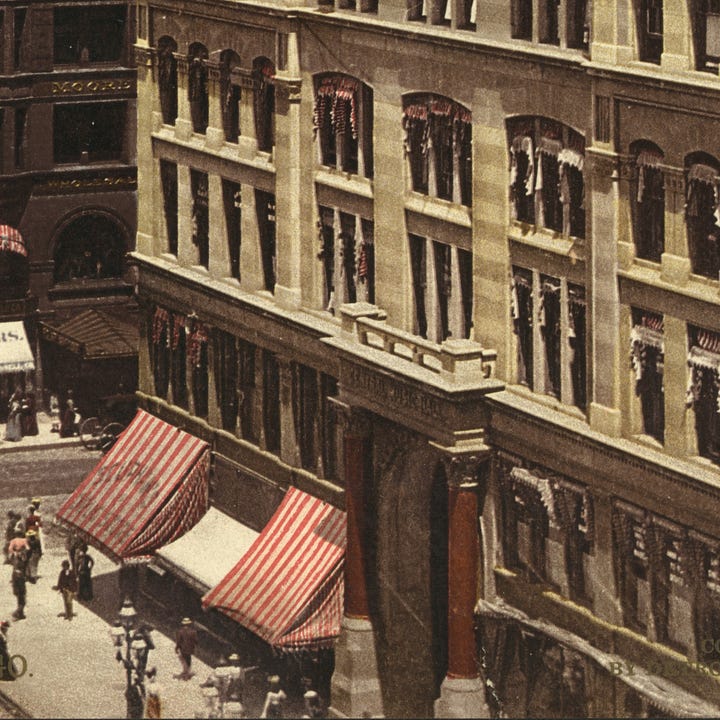

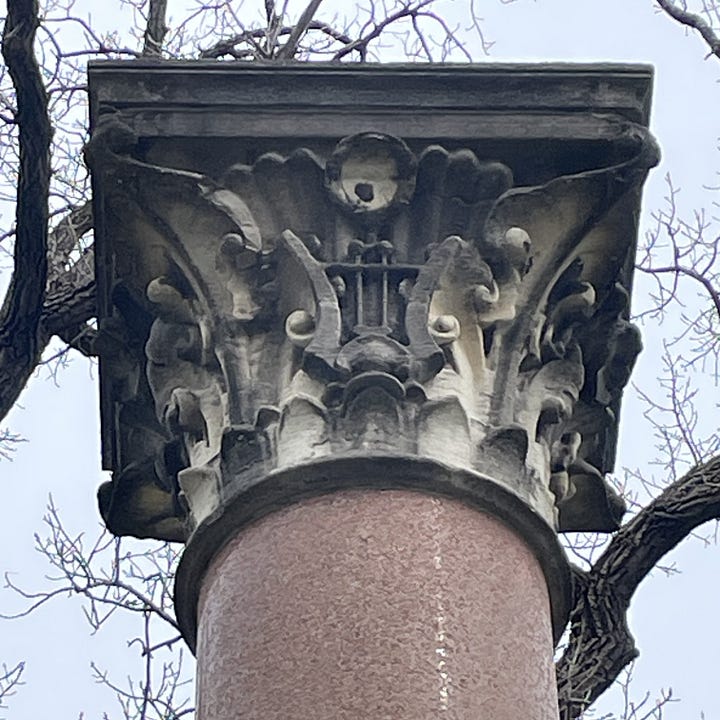
No book-length biography of Adler has been printed, but an unpublished work from 2017, "Dankmar Adler: A Biography" by Rochelle B. Elstein, is available online through the Ryerson and Burnham Art and Architecture Archive at the Art Institute of Chicago.




